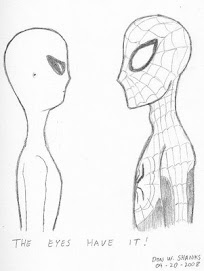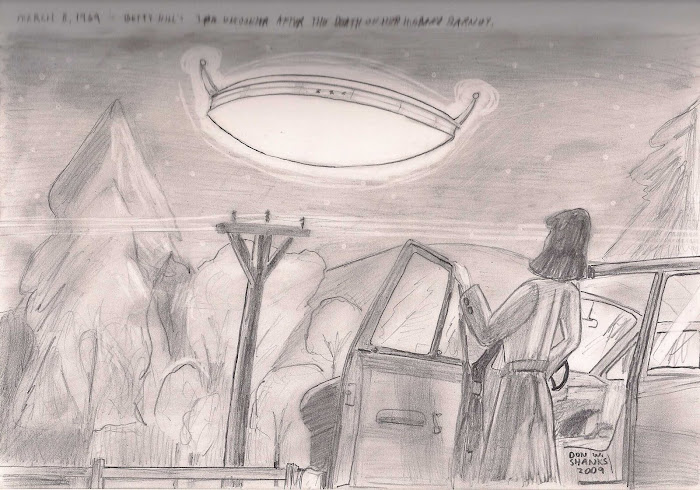
Been hearing about this fable NASA Engineers underground for awhile now. Renegades who have come up with a better design system for the space shuttle replacement than the establishment's Aries series of rockets. Currently referred to as the Jupiter 120 or the follow-on Jupiter 232 (Jupiter Direct). In fact, the Jupiter 232 would have more “throw” weight that the planned Aries V rocket. And all this with using more of the shuttle hardware and current generation of Solid Rocket Boosters (SRB) used in the shuttle program. And if given financial approval by spring of 2009, the first Jupiter could be ready for launch by 2013. Thus – there would only be a three year gab in U.S. Manned spaceflight operations instead of the currently planned five year gap. After reading the article in the latest Popular Mechanics (February 2009), I visited the website and joined up there to get more information.
Then again, the “Jupiter” project is the latest version ever since the space shuttle first flew of various launch vehicles that could launch heavier payloads than the shuttle could. EELV anybody?
So, now we have the Orion/Aries system and it seems like everybody except the bureaucrats in the NASA headquarters have complaints about the design of the Aries. Instead of using a regular Solid Rocket Booster(SRB), they added another fifth segment to create the Aries I, or as it was referred to on the website, “The Stick.” Instead of re-using the main engines off the shuttle, the J-2X would have to be developed and man-rated for the second stage booster.
The argument that I am seeing is that we should go with the Jupiter Direct over the Aries system and I am all for that. But knowing that the fix is in Washington D.C., that is not going to happen. They got their blinders on and logic is not going to change their minds.
So, what else is new with Washington?
_____
Ref. Popular Mechanics cover story “NASA & Its Discontents” by David Noland, February 2009. cover story. Pages 50-57. (image with this post comes from Popular Mechanics website).
http://www.nasaspaceflight.com/ website & forum.








+033.jpg)
No comments:
Post a Comment